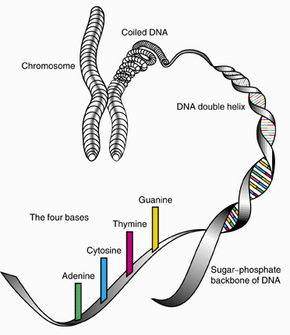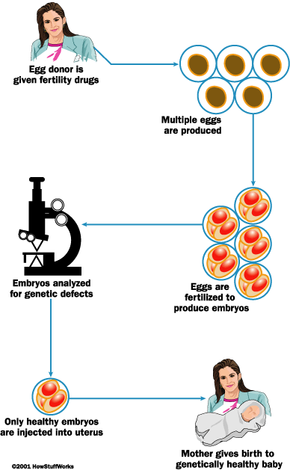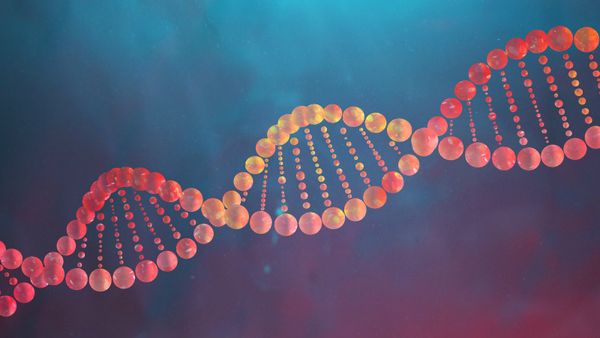Given the choice, would you rather have been born with a different eye color, hair color or skin tone? Maybe you would have chosen to be taller, thinner or more muscular. Of course, you didn't have these options. The physical and personal traits a person winds up with are just one big roll of the dice, with only the biological parents' genes to draw from. However, within advances in genetics research, people may soon preselect their children's physical and personality traits like they pick out options on a new car.
Scientists have only begun to unravel the secrets hidden within the human genome -- the genetic blueprint for a human being. The mapping of the genome was finished in 2003, and scientists are continuing on the quest to discover what each gene does and how it functions. At this point in 2010, it's possible to manipulate the genes of embryos. In February 2009, a fertility clinic in Los Angeles tried to offer selection of hair and eye color but retracted the offering in the face of public backlash.
Advertisement
But the implications of human genetic manipulation go further than choosing green eyes. In England, deaf activists protested a 2007 bill that allowed for genetic selection only against certain diseases and disabilities, and prohibit selection for them, claiming deaf parents should have the right to select a deaf child if hearing parents have the right to select a hearing child [source: TimesOnline].
That same bill let parents select embryos that would make suitable "savior siblings" -- children conceived with the initial purpose of acting as donors for a sick brother or sister. Some people argue that embryos selected for their tissue types are a kind of designer children, just like embryos selected for tallness or blond hair.
Designing our babies is a reality that governments, ethicists and religious organizations are just now starting to address in full force. In this article, we'll learn about the progress and goals of human-genome research, how we're already weeding out genetic diseases and about the future of "selecting" human offspring.
The basis of all potential genetic manipulation in human beings is the human genome, the Holy Grail of genetics research. In 2003, scientists finished it -- at least to the degree that current technology allows.
Advertisement





